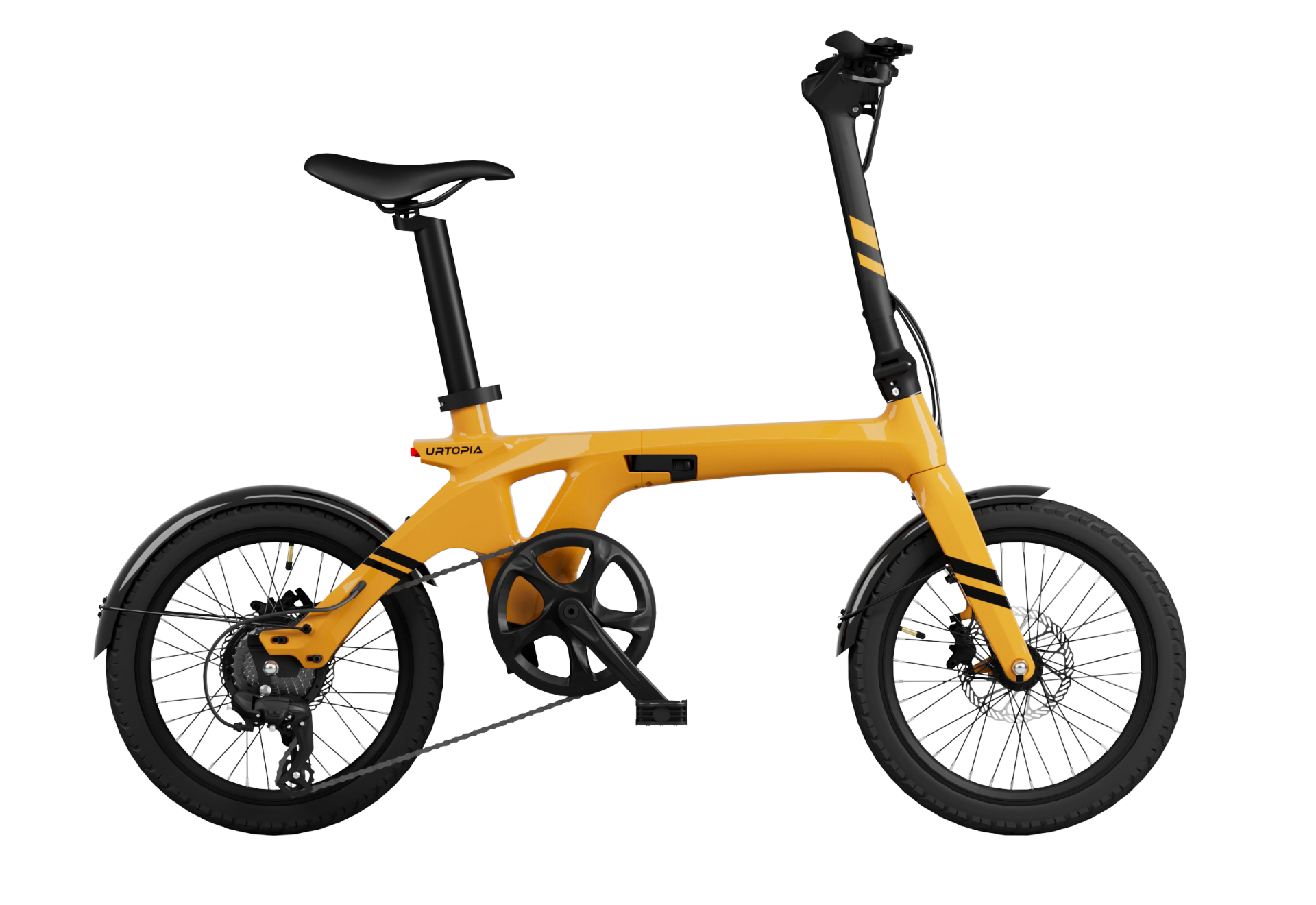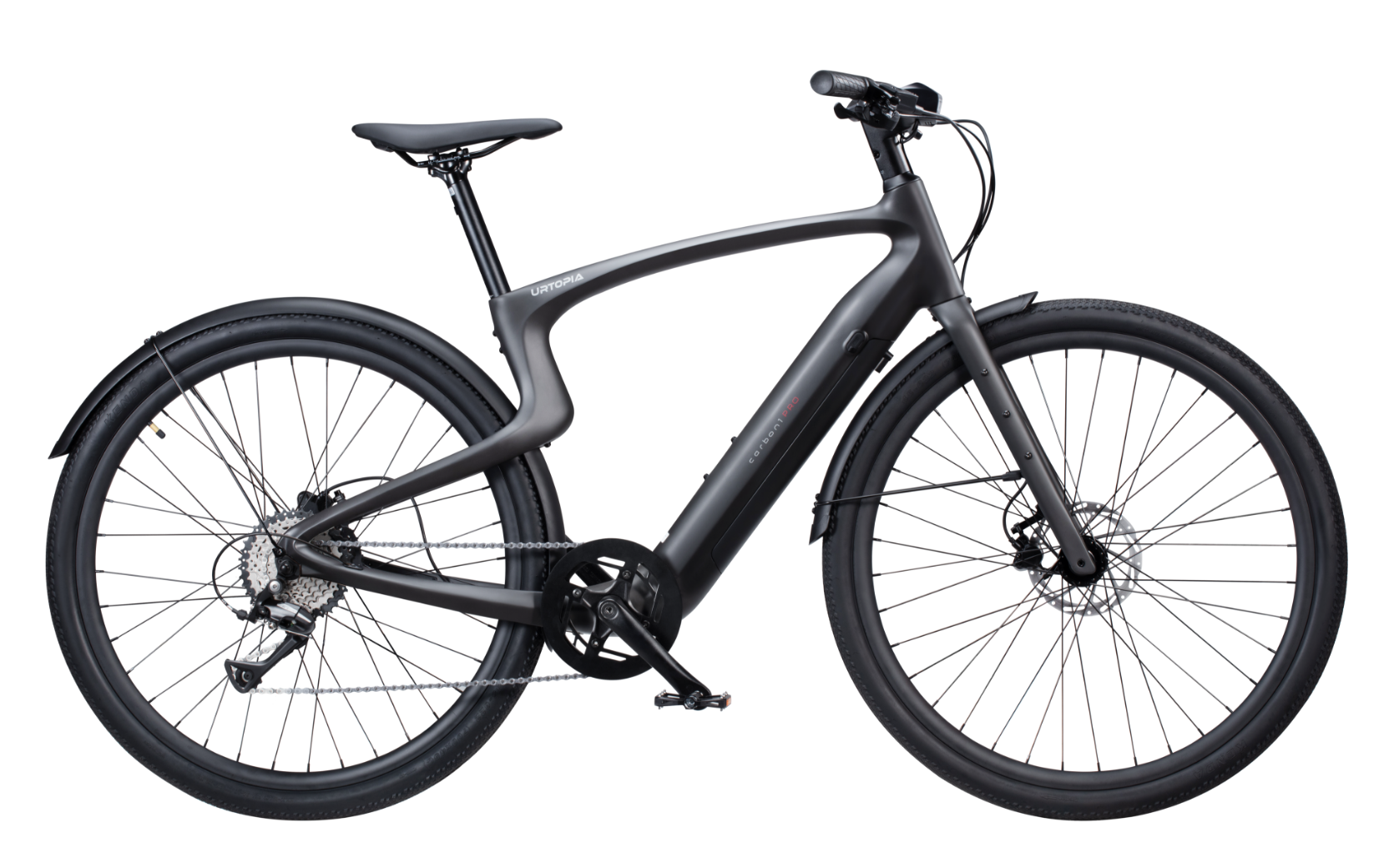
Do You Need a License For An Electric Bike?
Updated: Author: ErpanOmer
Many people have started using electric bikes daily on their commutes. They provide easy mobility at a lower cost and easy operation. The question many new riders are asking themselves is, Do you need a license for an electric bike? In most areas, the answer is no, since slow-speed models fit the bicycle regulations. Certain models with more power are subject to licensing due to their resemblance to mopeds on the roads. Local legislation ratifies the specific requirement.
Ebike License Requirement in the US
The laws of electric bikes vary within the US. The rules vary depending on the class of motor and speed limit. Clear instructions enable users to select the right model to use when traveling.
Federal/State Classification
Federal law classifies electric bikes as bicycles provided that the motor is not more than 750 watts and does not exceed 20 mph with motor assistance. The federal regulations do not require an ebike license for these low-speed models. The three-tier system categorizes e-bikes based on their speed and level of motor assistance.
| Class | Description | Top Speed | License Requirement |
|---|---|---|---|
| Class 1 | Pedal-assist only, motor helps while pedaling | 20 mph | No license required in most states |
| Class 2 | Throttle-assist available, motor works without pedaling | 20 mph | Usually, no license is needed |
| Class 3 | Pedal-assist only, higher power for faster rides | 28 mph | May require a license or registration |
State-Specific Rules
Every state implements its regulations about the operation of ebikes. Most states do not require a license for the class one or the class two models. Class three riders have more requirements in some states because of increased speed. In most locations, local codes provide the ultimate guide on appropriate usage on public roads.
Age Restrictions and Safety Gear
Most states require 16 as the minimum age to use Class 3 ebikes because of increased speeds. The wearing of the helmet is widespread among younger riders who fall within certain age groups. In some states, all class three riders are required to wear helmets. These regulations help to make road movements of users across the public roads safer during their commute.
Key Factors that Determine Legal Requirements
The regulations governing electric bike licenses depend on a number of factors. Such as:
Motor Power and Speed
The power of the motor used and the top speed are what directly impact legal classification. Strong motors might need registration or a license. Slow models that run under federal laws tend to be considered bicycles.
Pedal vs Throttle Operation
Pedal-assist bikes are powered by the pedaling of the rider and mostly obey bicycle regulations. The throttle-controlled models can be operated with the motor only and could be under more rigid regulations. The kind of control influences the need for a license or registration.
Modifications and Upgrades
Modifying the motor, battery, speed of an ebike, or going above the set legal limits can vary its categorization. Licensing of modified bikes might be necessary. Riders must not engage in illegal upgrades in order to obey the laws of the state.
Local Law Compliance
Each state might have its own regulations on the use of ebikes. Bikers are required to abide by city/county regulations on bike routes or speed limits. Verification of local legislation is a measure of legal conformity with the public roads.
Do You Need a License in Your State?
The use of ebikes in most states in the U.S. does not require a license. There are exceptions in some states that vary according to the type of bike and the motor power.
States (such as Alaska, Massachusetts, New Mexico, and Louisiana) may need an operator license or a Class M license. Class 1 and Class 2 e-bikes are generally considered bikes, and they do not need a license. Always make sure that you are up-to-date with what your state permits or does not permit.
Best Street Legal Electric Bike
The following are some of the best electric bikes.
Carbon Joy Ultra E-Bike

Urtopia Carbon Joy Ultra E-bike is a stylish and functional lightweight electric cruiser bike. The carbon fiber monocoque frame weighs 42 lbs, and its strength is featherlight. It offers a top range of 70 miles with a UL-certified 529.2Wh battery. A peak power motor of 750W and a torque sensor guarantee a responsive ride. It is compliant with safety standards because the bike is UL 2849 safety certified.
Features
- Payload capacity of 330lb
- TEKTRO hydraulic disc brake
- Top speed is 20mph
- IP65 water resistance
Carbon Fold 1 E-Bike

Urtopia Carbon Fold 1 is a carbon fiber foldable ebike for urban commuters. It is only 29 lb and can be folded within 30 seconds in two easy steps. It has a rear 500W peak with a torque sensor that provides a smooth pedal-assist. The removable 252Wh seat-post battery is safe and UL-2271 certified. The smooth characteristics comprise concealed wiring, in-built lights, and a minimal frame. It is a perfect electric commuter bike because of its portability.
Features
- IP65 water resistant
- Removable UL-2271 battery for safe charging
- External headlights for better visibility
- Top speed 20 mph for city riding
Carbon 1 Pro E-Bike

The Urtopia Carbon 1 Pro combines lightweight performance with intelligent technology. It weighs 37lb because of the carbon-fiber frame that makes the product easy to carry. The rear hub motor and torque sensor with 750W peak have powerful pedal-assist. The Samsung battery has a range of 80 miles with a 352.8Wh battery. The Smartbar has GPS, fingerprint unlock, voice recognition, as well as an anti-theft alarm.
Features
- Fully charges in 2.5 hours
- UL 2849 Safety certified
- Dual-piston hydraulic disc brakes
- Customizable pedal assist with torque sensor
Carbon Classic Step-Thru E-Bike

The Urtopia Carbon Classic Step-Thru ebike is comfortable on a city ride. Its low-step frame allows the rider of any height to mount it. It features a 750W peak rear hub motor with a torque sensor, which offers a natural pedal-assist. The 352.8Wh removable Samsung battery is UL 2271 certified and provides up to 75 miles per charge. Hydraulic disc brakes provide accurate throttle. The built-in LCD stores necessary data within easy reach.
Features
- UL 2849 safety certified
- IP65 water resistance
- TEKTRO hydraulic disc brake
- Features durable ergonomic grips
FAQs
Can you ride an electric bicycle without a license?
Low-speed ebikes do not require a license in most states. Class 1 and Class 2 models are regarded as bicycles. In certain areas, an ebike license might be required on faster/more powerful models.
Are e-bikes street legal?
E-bikes are permitted on the streets as long as they do not exceed speed and power limits. Class 1 and Class 2 models are normally eligible. Riders have to obey traffic rules. They are advised to use lights at night. Helmets are required by law.
What happens if you have an illegal eBike?
Riding or being in possession of an illegal ebike is subject to a fine or seizure. Uncontrolled bikes can cause accidents, which can attract liability. Modifying an ebike to be more than a legal entity may switch classification to necessitate an electric bike license.
Conclusion
Electric bikes make a good and independent mode of transportation. Complying with your local laws will help you ride safely. Wear good safety gear and abide by the road regulations. Proper selection of electric bicycles for adults provides safety and an enjoyable ride on the streets and bike trails.